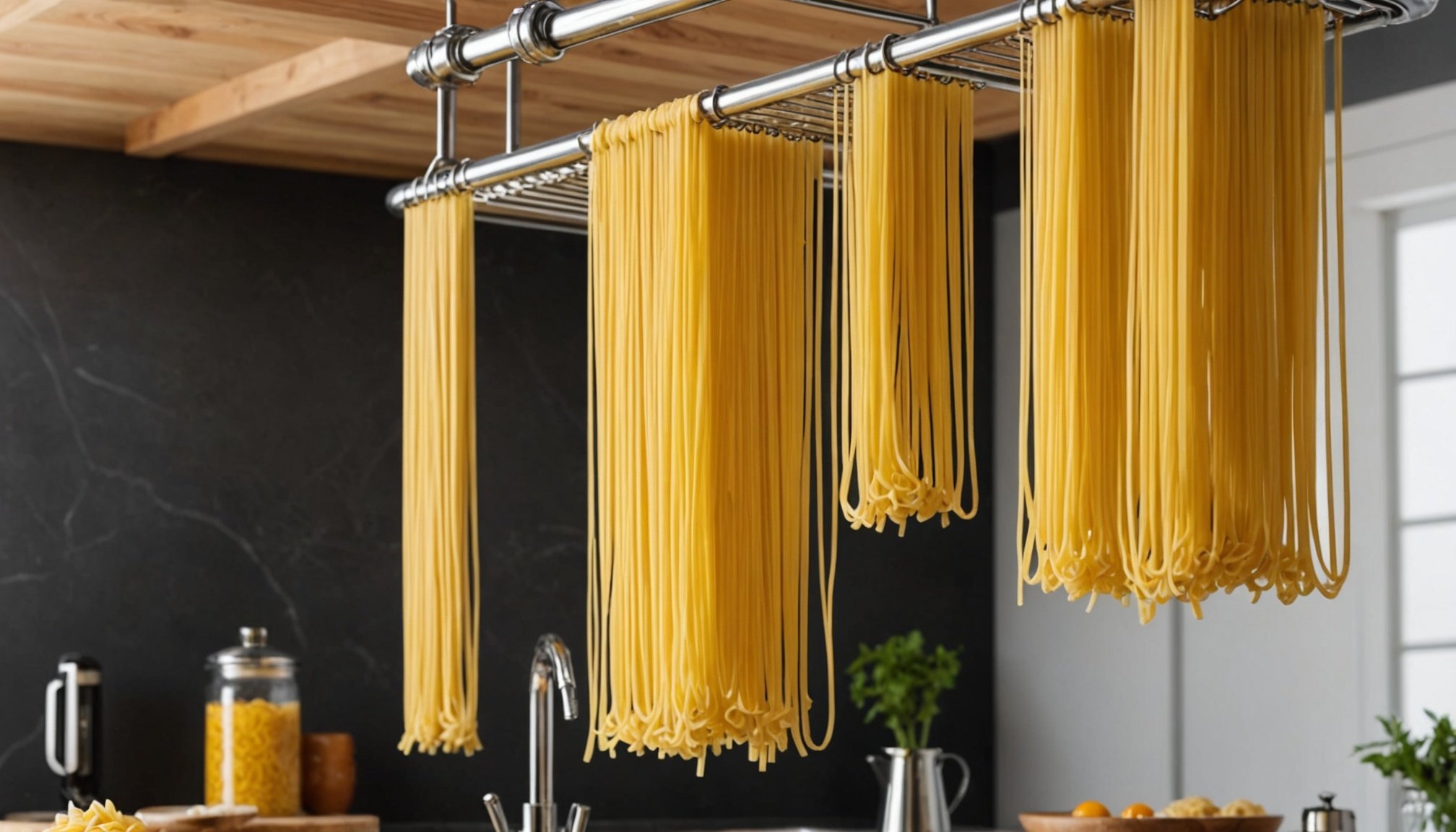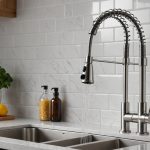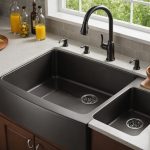Choosing the right pasta drying rack is essential for maximizing both space and drying efficiency in your kitchen. A well-designed rack not only speeds up the drying process but also enhances your culinary experience. With various styles available, understanding your needs and kitchen layout is pivotal. This guide will help you navigate through materials, designs, and features, ensuring you select a pasta drying rack that perfectly fits your space and elevates your pasta-making skills. Unlock the full potential of your kitchen today!
Understanding Pasta Drying Racks
When it comes to making homemade pasta, choosing the right pasta drying rack can significantly influence the drying process. There are various types of pasta drying racks available, each designed to enhance drying efficiency and optimize space utilization.
In the same genre : Ultimate Guide: Choosing the Ideal Rice Cooker Size for Your Big Family Needs!
Types of Pasta Drying Racks
Pasta drying racks come in several forms, including traditional wooden racks, collapsible racks, and tree-style racks. Wooden racks often provide a classic aesthetic and are sturdy, but may take up more space. Collapsible racks are perfect for those with limited kitchen space, as they can be easily stored away when not in use. Tree-style racks, on the other hand, offer multiple arms for hanging pasta, maximizing drying efficiency by allowing air to circulate freely around each strand.
Importance of Drying Efficiency
Efficient drying is crucial in pasta making to prevent sticking and ensure the pasta maintains its shape and texture. A well-designed pasta drying rack facilitates even drying by providing ample space between strands, reducing the risk of clumping.
Also read : Mastering Mess-Free Garlic Chopping: Your Guide to Selecting the Perfect Uniform-Style Chopper
Space Utilization
Space utilization is a key consideration, especially in smaller kitchens. Racks that can be folded or adjusted offer a practical solution, allowing home cooks to dry pasta without cluttering their kitchen. By selecting a rack that balances drying efficiency with space-saving features, you can enhance your pasta-making experience.
Materials and Design Comparisons
Choosing the right pasta drying rack involves understanding the materials and design options available. Each material—wood, plastic, and metal—offers unique benefits and drawbacks.
Material Comparisons
Wooden racks are cherished for their classic look and sturdiness. They provide a traditional feel but may require more space. Plastic racks are lightweight and often more affordable, making them a practical choice for casual pasta makers. They are easy to clean and store, but may lack the durability of other materials. Metal racks, typically stainless steel, are known for their strength and stability. They often have a sleek, modern design that complements contemporary kitchens.
Design Features
When it comes to design, features that enhance usability and aesthetics are key. Look for racks with adjustable arms or foldable structures to maximize space efficiency. Some racks offer a combination of materials, such as wood and metal, to blend durability with style. Consider racks with non-slip feet to prevent accidents during use.
Durability Considerations
For long-term use, durability is paramount. Wooden racks may require occasional maintenance to prevent warping, while plastic racks might need careful handling to avoid cracking. Metal racks, though robust, should be checked for rust resistance to ensure they remain a reliable kitchen companion.
Tips for Enhancing Drying Efficiency
Enhancing drying efficiency is crucial for achieving high-quality homemade pasta. By employing optimal drying efficiency techniques, you can ensure your pasta retains its desired texture and taste.
Maximizing Airflow
To maximize airflow around pasta, arrange strands with sufficient space in between. This prevents clumping and allows even exposure to air. Consider using racks with multiple arms or tiers to facilitate better air circulation. Adjusting the position of the pasta occasionally can also help improve airflow and drying efficiency.
Optimal Drying Conditions
Maintaining ideal drying conditions is essential. Aim for a room temperature between 18°C to 24°C (64°F to 75°F) with moderate humidity levels. Excessive humidity can prolong drying time and affect pasta quality. Use a dehumidifier if necessary to create a more controlled environment. Avoid exposing pasta to direct sunlight or heat sources, as these can cause uneven drying and affect the texture.
Impact on Pasta Quality
Drying efficiency directly impacts the quality and texture of pasta. Properly dried pasta maintains its shape and texture, ensuring a satisfying bite. Inadequate drying can lead to sticky, misshapen pasta that doesn't cook evenly. By focusing on optimal drying conditions and techniques, you enhance the overall quality of your homemade pasta creations.
Space-Saving Techniques
In modern kitchens, where space is often at a premium, space-saving pasta racks can be a game changer. These racks are designed with compact designs that make them ideal for small kitchens, ensuring you can enjoy homemade pasta without cluttering your workspace.
Compact and Collapsible Racks
Compact and collapsible pasta drying racks are perfect for those who need to make the most out of limited space. These designs allow you to fold the rack flat when not in use, making storage a breeze. Look for racks that offer multiple arms or tiers, as these can maximize drying capacity while maintaining a small footprint.
Organizing Kitchen Space
Effective kitchen organization can further enhance the use of space-saving pasta racks. Consider dedicating a specific drawer or shelf for your pasta-making tools. Use dividers or baskets to keep items neatly arranged and easily accessible. This not only keeps your kitchen tidy but also ensures that everything you need is within reach.
Creative Storage Solutions
When not in use, storing your drying racks creatively can free up valuable counter space. Hang collapsible racks on the inside of a pantry door or store them vertically in a narrow cabinet. These solutions not only save space but also keep your kitchen looking sleek and organized.
User Reviews and Recommendations
Understanding user experiences with pasta drying racks can guide you in selecting the right product. Reviews often highlight the practical aspects of these tools, such as ease of use and durability. Many users appreciate racks that offer a combination of sturdiness and space efficiency, noting how these features simplify the pasta-making process.
Summary of User Experiences
Users frequently mention the convenience of collapsible racks, praising their ability to fit into small kitchens without sacrificing drying efficiency. Wooden racks receive positive feedback for their aesthetic appeal and robustness, though they may require more space. Metal racks are valued for their durability, with users noting their modern design fits well in contemporary kitchens.
Analysis of Top-Rated Products
Top-rated pasta drying racks often combine usability with design. Products that offer adjustable arms or tiers are particularly popular, as they enhance drying capacity while maintaining a compact footprint. Brands that provide a balance between aesthetics and functionality tend to receive higher ratings.
Recommendations
Based on user feedback and expert opinions, consider racks that align with your kitchen space and pasta-making frequency. For small kitchens, collapsible designs are ideal. If durability is a priority, opt for metal racks. Ultimately, choose a rack that enhances your pasta-making experience while fitting seamlessly into your kitchen environment.
Visual Aids and Demonstrations
Understanding how to use a pasta drying rack effectively can be greatly enhanced through visual aids. These aids provide clarity and help users grasp the setup and functionality of different rack designs. Diagrams, for instance, can illustrate the optimal arrangement of pasta strands on a rack, demonstrating how to maximize drying efficiency and space utilization.
Diagrams and Instructional Content
Diagrams can be particularly helpful in showcasing the various configurations of pasta drying racks. They can depict how collapsible racks fold and unfold, or how tree-style racks allow for air circulation around each pasta strand. Such instructional content serves as a practical guide, enabling users to visualize the setup process before attempting it themselves.
Step-by-Step Guides
Step-by-step guides further enhance the user experience by providing detailed instructions on using different drying rack designs. These guides can break down the process into manageable steps, ensuring that even beginners can follow along with ease. By combining visual aids with clear, concise instructions, users can confidently set up and use their pasta drying racks, leading to better pasta drying outcomes.
Recipes and Methods for Drying Pasta
When it comes to pasta drying methods, understanding the right techniques can elevate your homemade pasta experience. Preparing pasta for drying involves more than just hanging it on a rack. First, ensure the pasta is lightly dusted with flour to prevent sticking during the drying process. This step is crucial for maintaining the pasta's integrity and ensuring it cooks evenly later.
For those seeking to enhance their pasta dishes, consider recipes that pair exquisitely with dried pasta. Classic options like carbonara or pesto pasta benefit from the texture and flavour that dried pasta offers. These recipes allow the pasta to absorb sauces effectively, creating a harmonious blend of tastes.
Different pasta types require varied drying techniques. Long pasta, such as spaghetti or fettuccine, benefits from being hung on racks with ample space for airflow. On the other hand, short pasta like penne or fusilli can be spread on a flat surface, ensuring they are not stacked to avoid uneven drying.
By mastering these culinary techniques, you can produce pasta that not only looks appealing but also enhances the overall dining experience. Whether you prefer traditional Italian recipes or modern twists, properly dried pasta is the foundation of a delightful meal.






